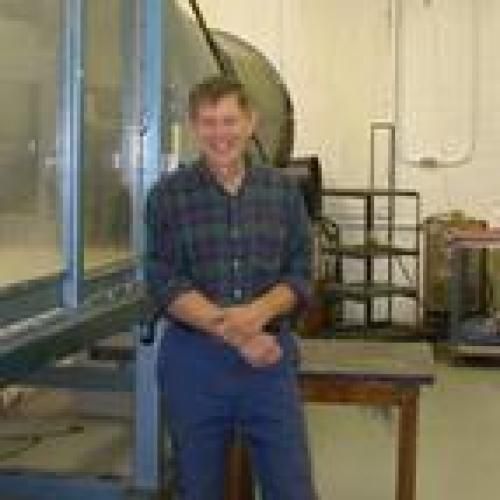Overview
Vance Tucker is interested in comparative physiology,
particularly the energetics of locomotion, and the
interactions between an organism's natural environment
and its respiratory and circulatory systems. Much of his
research has dealt with the aerodynamics and
energetics of avian flight, and has also included work on
mammals, reptiles, amphibians and insects. He is
particularly interested in those aspects of physiology
that can be described in physical or physical-chemical
terms, usually involving math ematical models. Examples
of such subjects are: energy storage by stretched
elastic structures in running animals, wave making by
insects swimming on water surfaces and heat exchange
in animals entering into and arousing from hibernation.
Current Appointments & Affiliations
Professor Emeritus of Zoology
·
2004 - Present
Biology,
Trinity College of Arts & Sciences
Education, Training & Certifications
University of California, Los Angeles ·
1963
Ph.D.
University of Wisconsin, Madison ·
1960
M.S.
University of California, Los Angeles ·
1958
B.A.

